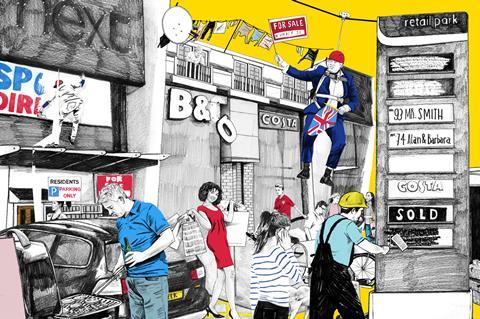Likewise, some retail parks and large-format supermarkets are likely to be suitable for new homes, retail and commercial uses, as the report suggests.
But for those already involved in bringing forward residential redevelopments on former out-of-town retail sites, the picture is more nuanced.
Of course, housing delivery is an enormous challenge and homes on brownfield sites should be a priority.
However, the first point to make in response to the report is that many out-of-town retail locations are still trading well. It’s only those in a less fortunate position, likely to be in a more challenging location or with a weak mix of retailers, where the landlord or asset manager will be seeking change. And here it will be values, and the potential for uplift through alternative uses rather than policy considerations, that will be the principal driver for change.
Some retail parks will be perfect for residential but many just aren’t suitable. There are often issues connected with the site: flood risk and highways have a huge bearing, for instance. Other barriers will be market-related. Values might be too high to make homes viable or there could simply be enough supply in a particular area already. A one-size-fits-all approach will simply not work.
Where there is a viable opportunity, anyone thinking of repurposing a site from retail to residential also needs to look at their team. Experienced residential architects are essential for creating housing schemes that can be delivered and places where people want to live.
The retail market is changing constantly and strategies for assets always need to adapt, but each site needs a more bespoke approach if we are going to get the best possible outcomes for them.
Clara Blagden, senior planner, and Julian Stephenson, head of planning, Montagu Evans






























No comments yet